Introduction
Interlining helps you to retain the shape and structure of your garments. But using interlining in the right way has always been a question. Garments manufacturers use different tips and tricks to use interlining.
But you can only adopt all these techniques for some types of garments. Each fabric has requirements, and you must follow them for better results.
You have to consider factors like the type of fabric, weight, targeted part of a garment, and a few more elements. At the same time, you must consider the quality of interlining to gain the best results after using it.
This article is written to explain all basics about using an interlining. So what are you waiting for? Let’s keep exploring the interlining fabric usage.
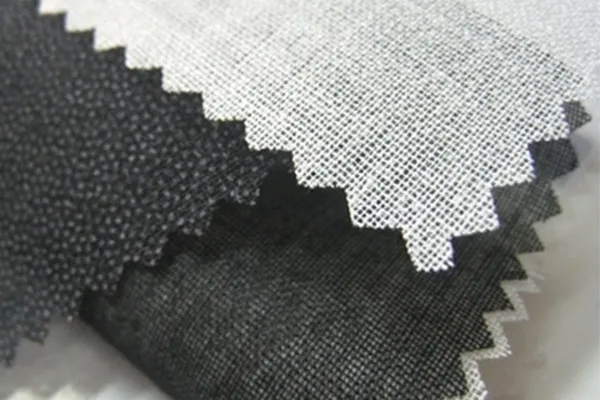
What Is Interlining?
There are so many statements and definitions to explain interlining. But when you put them all in one place, you realize that interlining helps to achieve functional and aesthetic aspects of garments.
However, most of the time, selecting the wrong type of interlining affects the usage of interlining. Therefore, you have to take extraordinary measures if your interlining is suitable for the targeted garment or not.
You have to sew or fuse interlining fabric between two layers of garments. It helps to achieve a more structured and firm look.
You must know that interlining helps add structure to detailed garments’ areas. In those areas, you need to pay special effort and attention. These areas are responsible for supporting the whole garment’s structure.
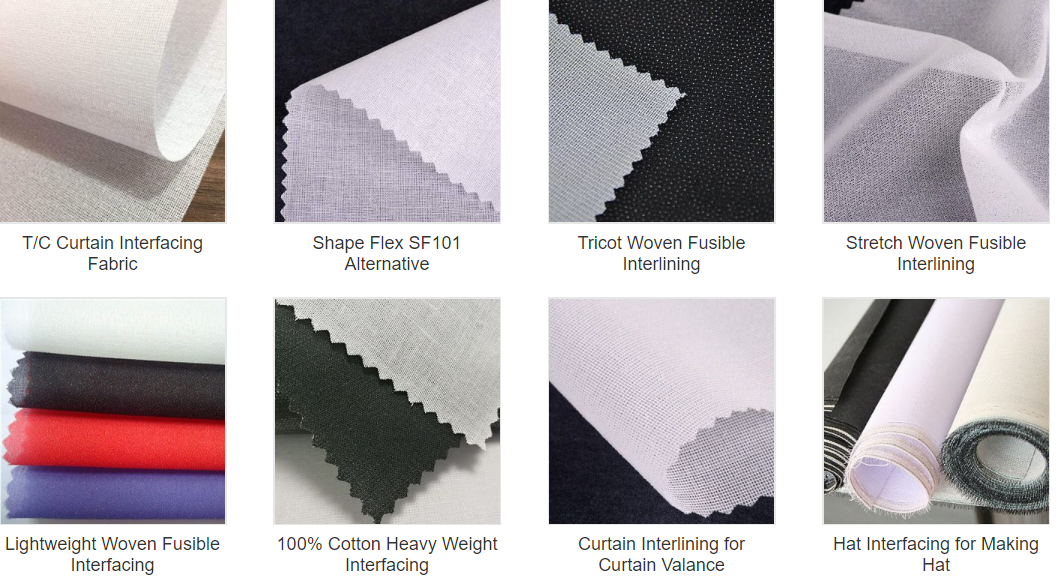
Why Do We Use Interlining?
Interlinings play a role as a skeleton to support your garments. According to some experts, interlinings are magical tools you can’t see with the naked eye, but the results are apparent. These statements show that using interlining is an important thing.
You can give firm support to your garments only with the help of interlining.
Moreover, interlinings are also helpful in preventing creasing in the fabrics. You must know that some fabrics are constructed from natural materials. This can result in creasing that you can avoid by using interlining.
The interesting fact to know is that it also helps to prevent seating. But you have to use silk organza interlining in this case.
Finally, you use interlining to prevent ridges and add drape and density to your garments. Since the logic behind using an interlining is clear, let’s move on to how to use it.
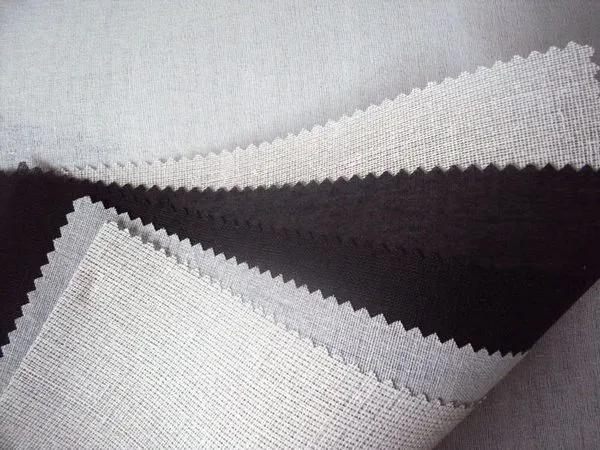
How To Apply Interlining Fabric In Clothes?
Applying interlining is not rocket science if you know how to do it well. Remember a few essential measures and be ready to get the best interlining. Also, you have to apply interlining in different clothes according to the properties of the clothes. So, let’s begin our journey to use an interlining fabric in clothes.
Collars & Cuffs
Knowing that collars and cuffs require interlining is not the only thing here. You must also learn how to use the interlining in those parts with perfectionism. Interlining reinforces and supports your garments.
When using interlining in collars and cuffs, you must ensure that it fulfills its primary purpose; keeping the garments.
The first and most crucial step here is to make a pattern of interlining. You must complete the pattern according to the collars and cuffs’ required area and shape.
The pattern needs to fit into the design of collars or cuffs. Cutting off two pieces of fabric is required for needed for details. Now, when cutting the material, you have to choose the interlining.
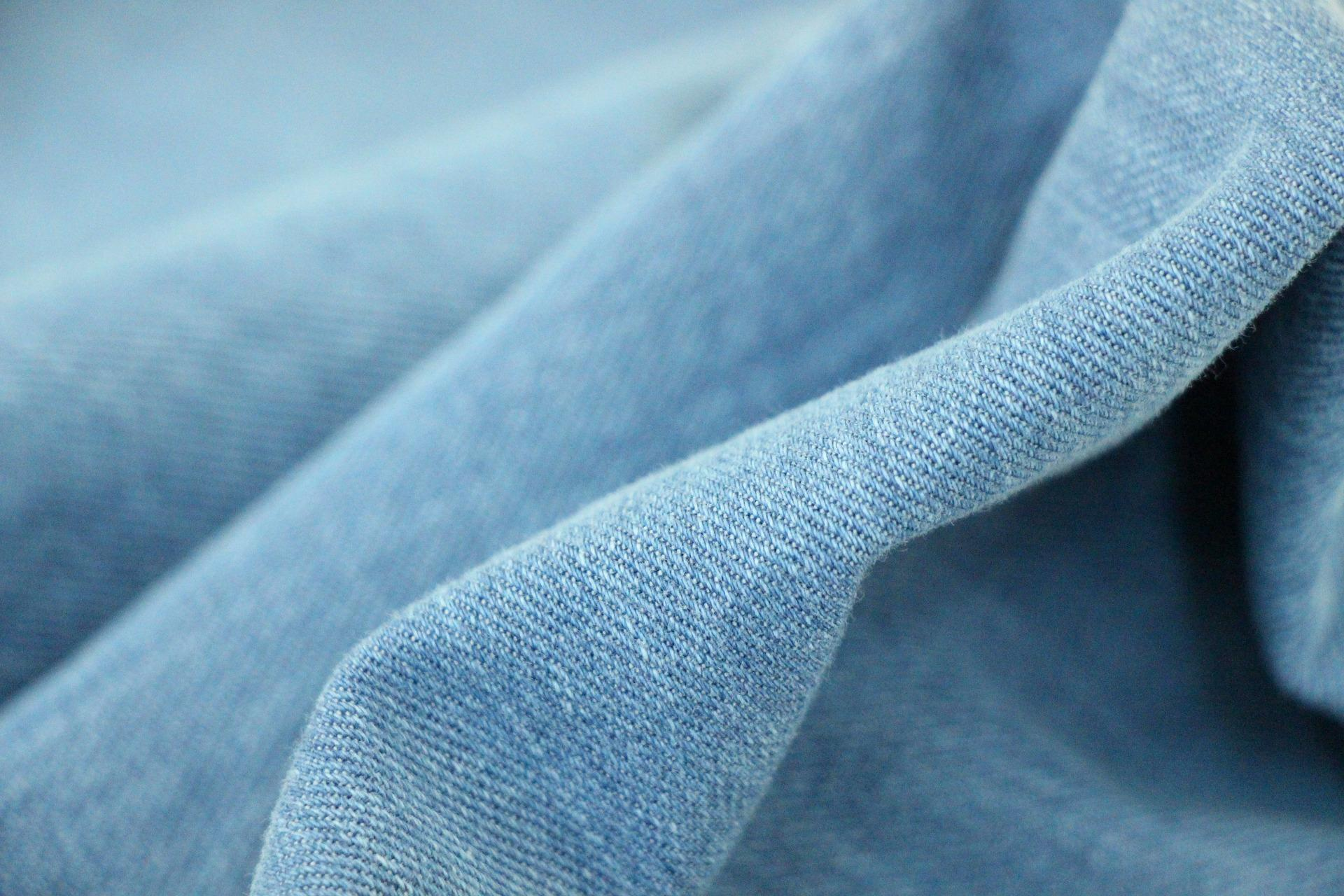
The selection part of interlining depends on the type of interlining; fusible and non-fusible. Most manufacturers prefer fusible interlining.
The interesting fact is that 90% of garment manufacturers use fusible interlining. It is simple and easy to apply compared to sew-in or nonfusible interlining.
Once you have chosen the interlining, it’s time to apply it to the fabric. You must take the targeted fabric’s wrong side and put the interlining onto it.
If you have chosen a fusible interlining, you must apply proper heat and pressure. While in the case of sew-in interlining, you have to stitch it.
Now you have to apply the other layer of fabric. You must note that the choice of interlining can make or break your garments. A good-quality and proper interlining also improve the quality of the garment and vice versa.
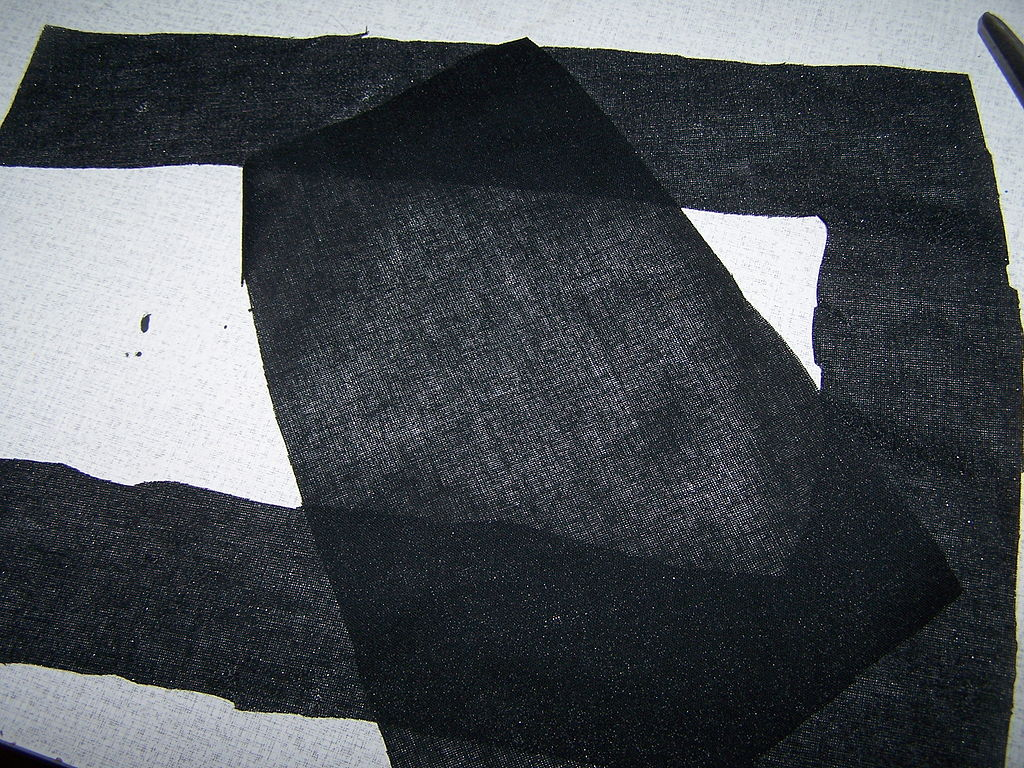
Challenges
You must know there are challenges when applying interlining to your collars and cuffs. For example, shaping the collars is considered the most frustrating thing. Since you use flat fabrics, they are hard to go around the curves. This problem can be avoided by trimming the collars.
Moreover, you must stretch the collar and undercollar to fit gently. A thread loop can help you to turn the collar. An edge stitch is helpful in your collar when looking for a professional finish. You can also get a perfect ham by pressing it against the surface.
Using Interlining Fabric According To The Type Of Shirt
Now when it comes to shirts, you must choose interlining fabric accordingly. Then you can also use a technique like that in the case of collars and cuffs. This is how you apply the interlining fabric in shirts.
For example, classic shirts require an interlining fabric of 100% cotton. It can give you maximum control over shrinkage and shape retention.
In the case of jersey shirts, you have to use bi-elastic interlining fabric. It can help you to maintain the stretchability of the shirt. You must use interlining according to fabric properties for uniform shirts and nylon or polyester shirts.
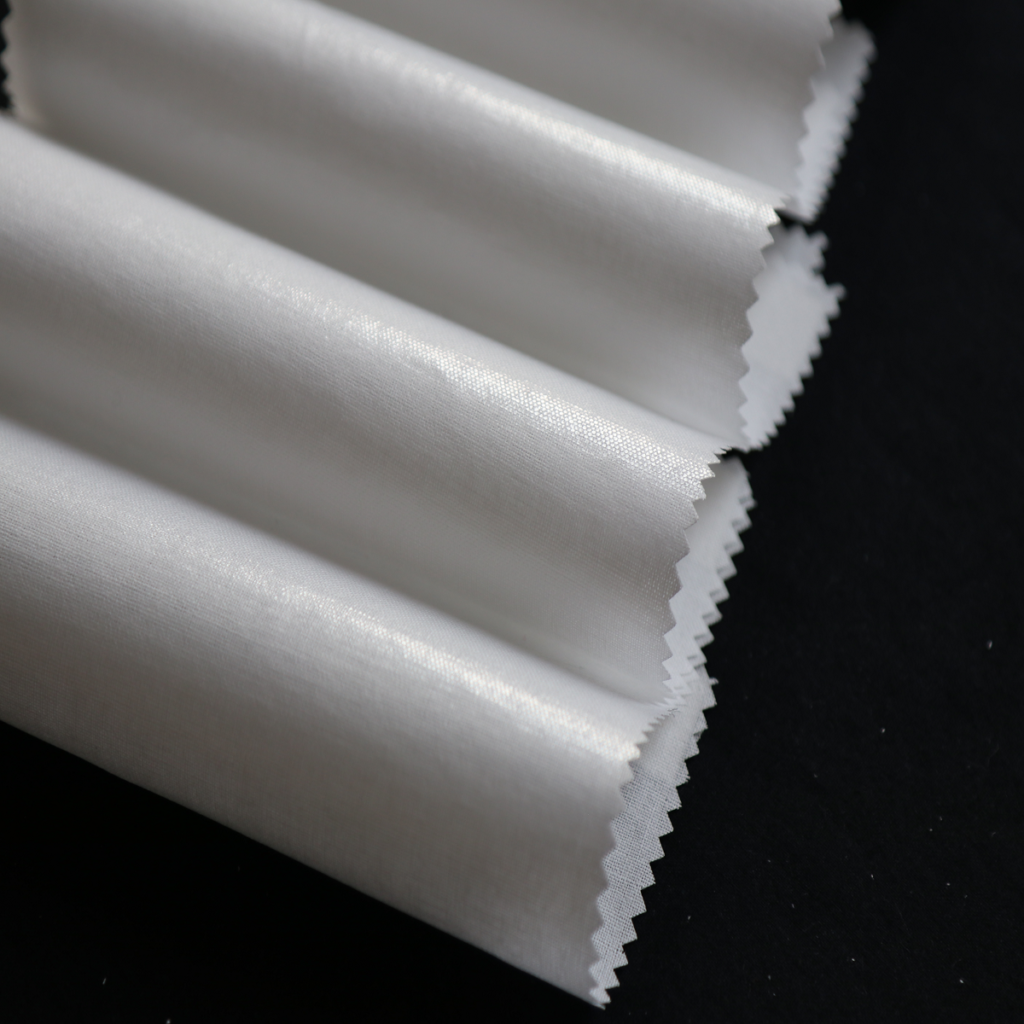
Using Interlining In Suits Production
First of all, you must know why suits require interlining fabric. You must have seen a suit and realized that it fits perfectly to your body. So when using an interlining, you must choose the one that fulfills the purpose of supporting your suit.
There are options like entire canvas and half-canvas when using interlining in suits production.
No matter which dress you are targeting for the interlining, you must go for the fusing process.
Fusing interlining is the most adopted process. But you also need to take special care of factors like heat and pressure.
Is It Allowed To Use the Same Interlining Fabric With Different Attires?
Most people need to start using the same interlining fabric with different garments. As a result, they end up wasting their time and money. This is because the wrong interlining affects the quality of clothes.
Therefore, it is not the right decision to choose the same interlining fabric with different attires is not the right decision. You must be clear that different types of interlining exist in the market.
Therefore, you can select the correct type of interlining with your garments. At this point, it is essential to realize that interlining types are categorized according to application and fabric structure. Some most common interlining fabric types are listed below:
Interlining Categories According To The Fabric Structure:
- Knit Interlining
- Non-woven Interlining
- Woven Interlining
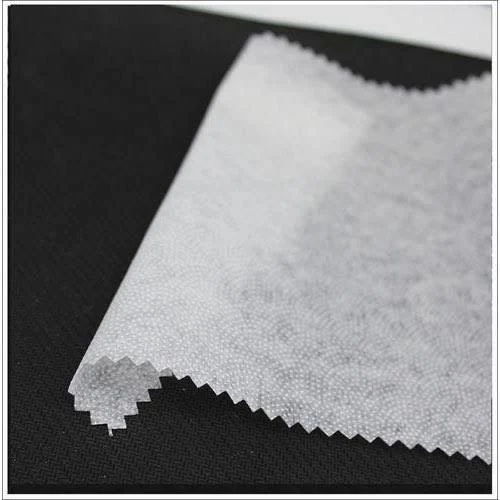
Interlining Categories According To The Application:
- Fusible Interlining
- Sew-in Interlining
Conclusion
The whole article written above has explained how you have to use interlining fabric. From place to place, we have also talked about what is essential to consider when using interlining fabric.
But there are some factors that we might have yet to discuss above. So what are those factors? Well, you also need to take care of weight, application method, and quality of interlining fabric.
You must note that lightweight interlining is mainly recommended for garments. When talking about the weight factors, manufacturers also use medium-weigh interlinings.
Moreover, your fabric’s properties must match your interlining properties. And when you reach this combination, it will give you high-quality garments.
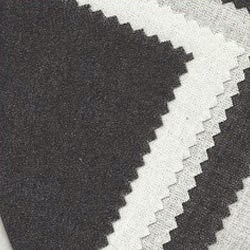
Finally, you should not purchase low-quality interlining just because it is cheap. If you want to get a good quality lining at a very affordable price, you must Reach Us now.
